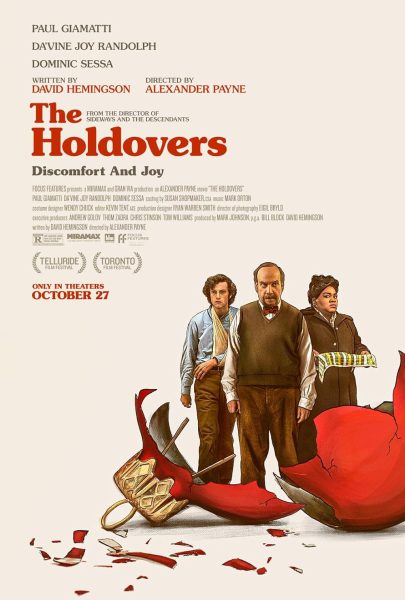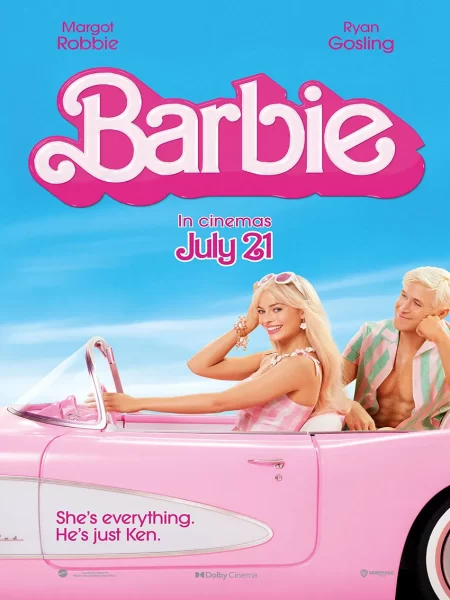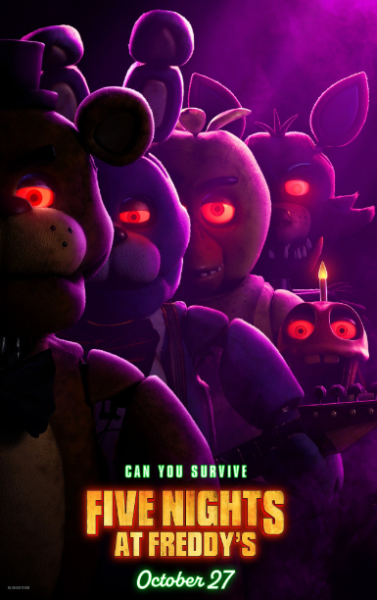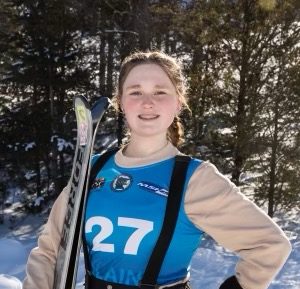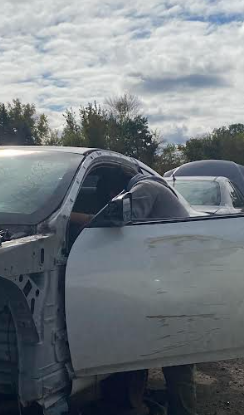CBS Journalist Visits Blaine High School
Sean Skinner, journalist and professional, visits Mr. Banse’s Intro to Journalism and TV Journalism classes.

Sean Skinner featured on the left
January 7, 2022
Yesterday, Mr. Banse’s first-hour journalism classes kids yawned at their respective tables while others chugged their cans of Celsius in failed attempts to wake up. In one corner of the room sat a middle-aged man who looked straight out of a “breaking news” clip. Behind the black baseball cap, black-framed glasses, hiking shoes, and layered tops it was clear that he had popped right out from behind his camera.
His scruffy beard proved it further.
The bell rang, and he moved from his corner to the front of the room. He introduced himself as “Sean Skinner,” a journalist who has worked for CBS, Kare 11, WCCO, KFAN, Spacecrafting Photography, as well as Red 23 Films, where he is self-employed. Why was he here?
Simple, a favor to his friend Adam Banse, who wanted his Journalism classes to get insider knowledge from a professional journalist.
The conversation started with his top three tips for reporting:
- Always think about your B-roll
- When interviewing someone always pull them from the wall to film them with depth and texture
- Take pride in your video no matter who or what you’re filming
From there the class moved into a Q&A
Question by Sophia Strootman (12): What’s the weirdest story you’ve ever done?
Answer: “Honestly, I don’t want to tell you because it’s so stupidly terrible. There is a guy who tried to sue the Minneapolis Police Department because he claimed they assaulted him with a plunger. It was all made up. He did an interview later, and he slipped [and] finally told the truth…. In that instance [a situation where the story is found to be false], one station will run with it or will share it with others and we’ll all run it together”
Question by Ava Meglen (12): What’s the craziest story you’ve ever covered?
Answer: “ … [W]e interviewed a guy with a daughter who had a friend over for a sleepover. He drugged the friend, and I’ll leave it at that. It affected me to my core. I have a daughter myself …. I’ve had stories where I’m behind the camera crying …. You have so many different angles and story types you cover unless you’re on a specific beat.”
Question by Ava Meglen: Have you ever had to go somewhere where you felt it was dangerous or endangered your safety?
Answer #1: “A police officer fired a weapon that didn’t hit anyone but ricocheted and hit a kid in the arm, scraping him. He was fine, but the neighborhood got really upset …. TV crews hear ‘kid gets shot’, and we had to [cover it]. Cops left [the scene] without telling anyone and left the journalists there. Nobody really realized the cops left; we were taught to look for the police line and stand by it. You can usually be safe there. Until it was pretty late the journalists were pretty much stuck there. The neighborhood did not like that we were even there; Kare11 had their equipment truck set on fire.”
Answer #2: “I was there (on the University of Minnesota campus) as a reporter for WCCO to catch the campus celebration of the hockey championship. I ended up getting bottles thrown at me, cans, and even hockey pucks — which is stupid — why waste a hockey puck? Riots started to break out. They (college kids), had had a few. University of Minnesota Police come out in riot gear and my friend from Kare11 and I were in the middle of tear gas. It was one of those things where you had to be prepared.”
Question by Ava Meglen: Have you ever had to write a story on someone you personally knew?
Answer: “Acquaintances — one that was a hockey coach who did something bad with a student. When it’s something bad you have to cover it. If someone did something bad then they did something bad and need to be held accountable. You have to leave your personal feelings out of it.”
Question by Danielle Spoden (9): “Do you have enough credibility to say no to a story sometimes?
Answer: “Most of the time you’re not going to have an opportunity to say yea or nea to a story. The story is the story. You’ll go to the people assigning them and pitch your idea. In a smaller room, you have to make do with what you get.”




